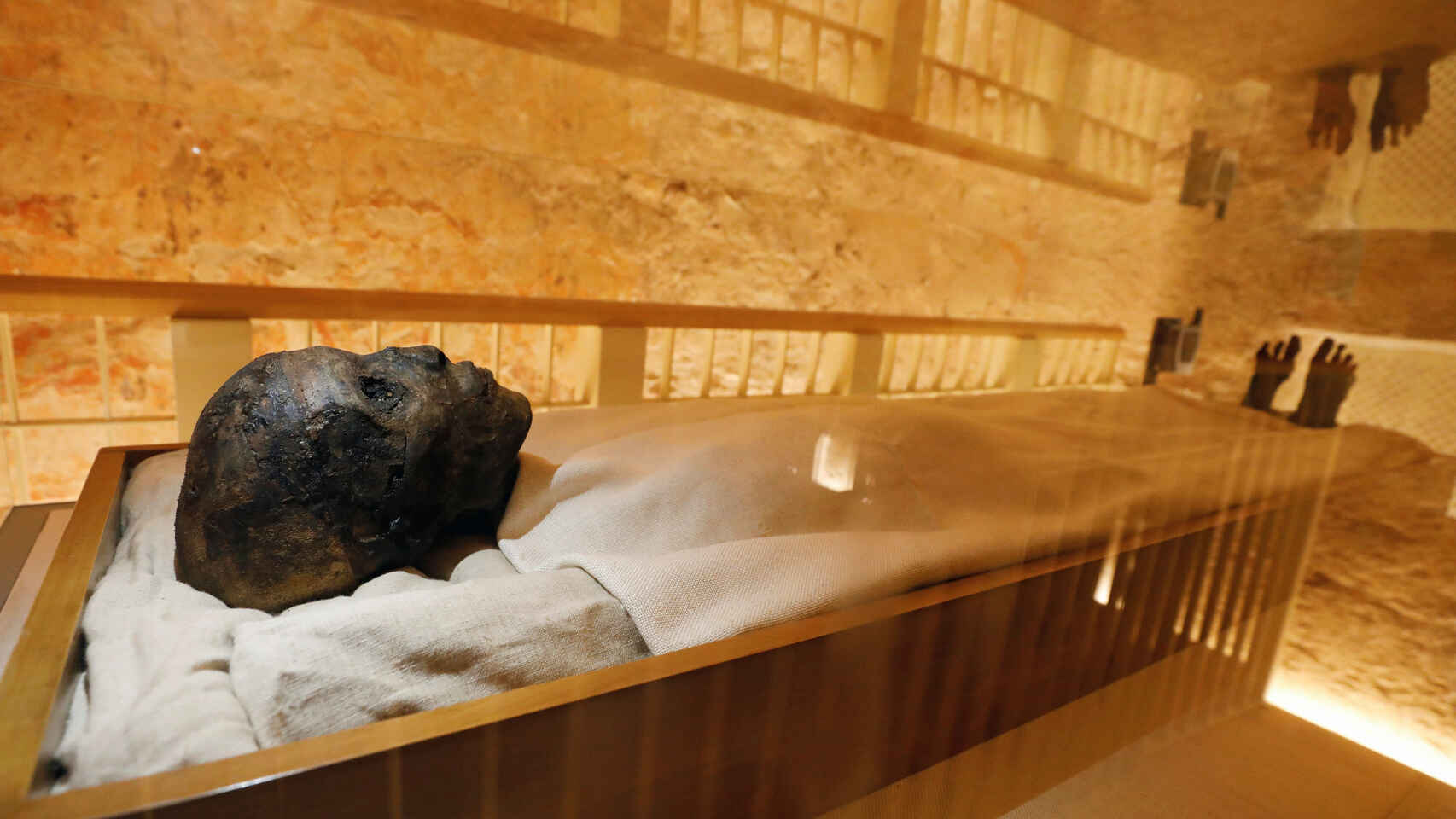
It is the oldest manual known to date, 3,500 years ago. It details techniques unknown to researchers.
A 3,500-year-old medical papyrus is the oldest manual detailing the mummification process, revealing new techniques previously unknown to prepare ancient Egyptians for their passage into the afterlife.
Research has focused on the Louvre-Carlsberg papyrus, so named because one part belongs to the French museum and the other to the Carlsberg Papyrus Collection at the University of Copenhagen. This document contains new evidence of the embalming procedure of a deceased’s face, in which the face is covered with a piece of red linen and aromatic substances.
In Ancient Egypt, mummification was considered a sacred art and its knowledge was reserved for very few individuals, which is why Egyptologists believe that most of the secrets were transmitted orally.
Until now, only two texts on mummification had been identified, to which the new papyrus is added and which is the oldest. It is a medical text devoted, for the most part, to plant medicine and skin inflammations.
University of Copenhagen Egyptologist Sofie Schiødt has worked on the text, which includes some “extremely detailed” descriptions of the mummification process that are not featured in the subsequent two manuals.
Unknown tissue
The text, the University explains, should have been aimed at specialists who needed to remember details such as recipes for ointments and the uses of various types of bandages, while simple processes were not listed.
One of the procedures that were not known refers to a type of embalming of the face and the text provides a list of ingredients for a remedy composed largely of aromatic substances of plant origin and binders that are cooked to form a liquid, with which a piece of red linen is covered.
The fabric is applied to the face of the deceased as a protective layer of aromatic and antibacterial matter, a process that is repeated every four days and, while the body is covered with cloth and straw impregnated with aromatic substances to ward off insects and insects. scavengers.
Although this procedure has not been identified before, Egyptologists had already examined several mummies, from the same time as this manual, whose faces were covered in cloth and resin, which, according to Schiødt, “would fit well.”
The two parts of the papyrus, twenty feet long and with several sections missing, originally belonged to two private collectors. Taking into account the shapes of the signs, the text is dated to approximately 1450 BC, which means that it predates the only two other examples of embalming texts by more than a thousand years.










